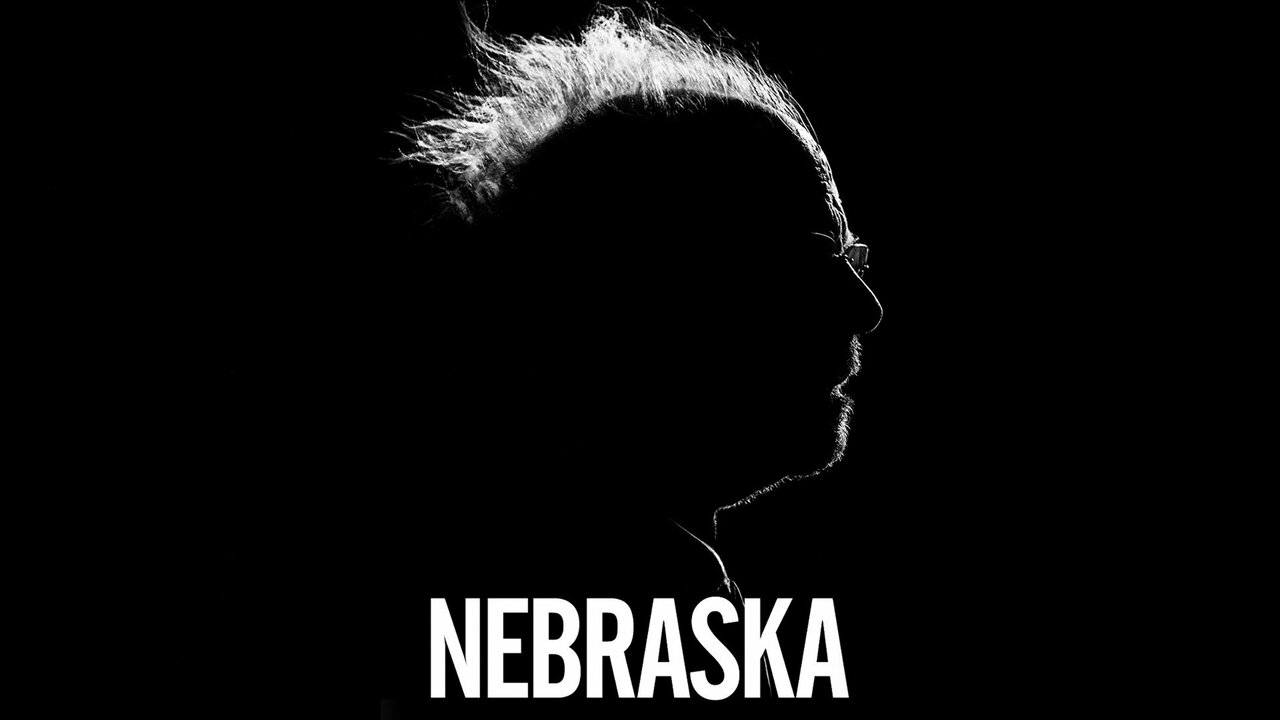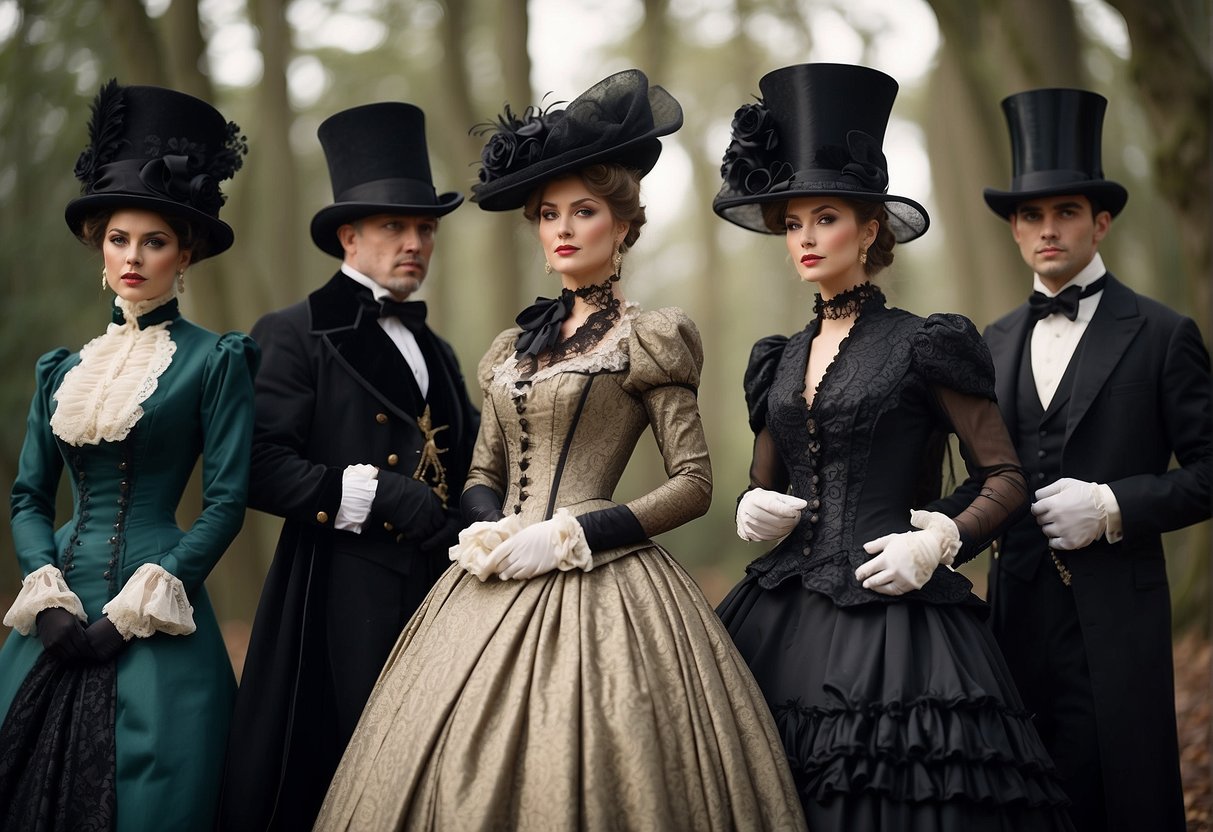
Are you a fan of heartfelt and thought-provoking movies? If so, then “Nebraska” is a film you won’t want to miss. Directed by Alexander Payne and released in 2013, this critically acclaimed movie tells the story of Woody Grant, a cantankerous elderly man who believes he has won a million-dollar sweepstakes prize. Determined to claim his winnings, Woody embarks on a journey from Montana to Nebraska, accompanied by his skeptical son David. Along the way, they encounter a series of quirky characters and confront the complexities of family dynamics, dreams, and the bittersweet realities of life. With its genuine performances, poignant moments, and stunning black-and-white cinematography, “Nebraska” has captivated audiences around the world. In this article, we will explore 49 fascinating facts about this highly acclaimed film, shedding light on its production, cast, and behind-the-scenes stories that make it truly special.
Key Takeaways:
- “Nebraska” is a captivating film with exceptional storytelling, performances, and black-and-white cinematography. It explores themes of family, aging, and the pursuit of dreams, leaving a lasting impression on audiences worldwide.
- The movie’s success led to increased tourism in Nebraska, showcasing the positive impact of film on local communities. Its authentic portrayal of the human experience continues to resonate with audiences, making it a must-watch for all movie enthusiasts.
Nebraska marks the collaboration between director Alexander Payne and screenwriter Bob Nelson.
These talented individuals created a compelling story about a father and son on a road trip to claim a million-dollar prize.
The film was released in 2013 and received critical acclaim from audiences and critics alike.
Its exceptional storytelling, performances, and unique black-and-white cinematography contributed to its success.
Nebraska stars Bruce Dern and Will Forte in the lead roles.
Bruce Dern delivers a remarkable performance as an aging father named Woody Grant, while Will Forte plays his son David.
The movie was shot on location in various small towns in Nebraska.
This decision added an authentic and genuine feel to the film, capturing the essence of the Midwest.
The screenplay for Nebraska was inspired by a real-life experience of writer Bob Nelson.
He observed an elderly man on a road trip to collect a prize, which became the foundation for the film’s plot.
Nebraska was nominated for six Academy Awards, including Best Picture and Best Actor for Bruce Dern.
Its success at the awards shows the level of recognition it received within the film industry.
The movie’s budget was relatively low, as Alexander Payne made the film for around $12 million.
This demonstrates the director’s ability to create a compelling story on a limited budget.
Nebraska explores themes of family, aging, and the pursuit of dreams.
The emotional depth and relatability of these themes resonate with audiences on a profound level.
The cinematography of Nebraska, captured in black and white, adds a timeless and nostalgic quality to the film.
It enhances the visual storytelling and evokes a sense of nostalgia for the heartland of America.
Both Bruce Dern and Will Forte received critical acclaim for their performances in Nebraska.
Their on-screen chemistry and portrayal of a complex father-son relationship added depth to the film.
The movie’s screenplay beautifully balances humor and drama, creating a captivating narrative.
It manages to evoke laughter and tears, showcasing the versatility of the storytelling.
Alexander Payne’s direction in Nebraska is praised for its attention to detail and subtle nuances.
He creates a realistic and immersive world that draws audiences into the story.
Nebraska portrays the struggles and challenges faced by individuals in rural America.
It sheds light on the economic hardships and limited opportunities in small-town communities.
The film’s soundtrack complements the story, featuring a mix of folk and country music.
The music enhances the emotional impact of the scenes and adds to the overall atmosphere of the film.
Nebraska showcases the power of human connection and the importance of family bonds.
It reminds us of the strength that comes from supporting and understanding one another.
The movie’s dialogue is witty and authentic, capturing the unique quirks and humor of its characters.
The script’s natural flow contributes to the realistic portrayal of the relationships within the film.
The success of Nebraska led to worldwide recognition for director Alexander Payne.
His talent for storytelling and his ability to create compelling characters became widely acknowledged.
Nebraska made an impact at film festivals, receiving numerous awards and accolades.
It became a festival favorite, winning the Palme d’Or at the Cannes Film Festival.
The film’s title, “Nebraska,” serves as both a literal and metaphorical representation of the story.
It symbolizes the journey that the characters embark on and the state of their relationships.
Nebraska presents a realistic portrayal of Midwestern culture and values.
It celebrates the simplicity, hard work, and resilience found in these communities.
One of the standout scenes in Nebraska involves a visit to Mount Rushmore.
This iconic landmark serves as a backdrop for an emotional and reflective moment in the film.
The movie showcases the stunning landscapes and vastness of the American heartland.
It captures the beauty and tranquility of the Midwestern states.
Nebraska takes a heartfelt approach to explore the challenges that come with aging.
It portrays the desires and dreams that can become postponed or forgotten.
The film’s supporting cast, including June Squibb and Bob Odenkirk, deliver exceptional performances.
They add depth and layers to the story, enriching the overall viewing experience.
Nebraska received universal acclaim for its screenplay, which Bob Nelson wrote specifically for Alexander Payne.
The dialogue and character development showcase Nelson’s talent as a writer.
The movie’s pacing allows for the exploration of both the character’s internal struggles and their external journey.
This balance creates a profound and thought-provoking experience for the audience.
Nebraska’s themes of regret and missed opportunities resonate with viewers on a personal level.
It encourages reflection on one’s own life and choices.
The film’s screenplay presents a realistic portrayal of family dynamics, with all their complications and complexities.
It explores the love, resentment, and forgiveness that can exist within a family unit.
Nebraska received positive reviews for its performances, directing, and screenplay.
The combination of these elements creates a well-rounded and impactful film.
The use of black and white cinematography in Nebraska is intentional, highlighting the raw emotions of the characters.
It removes distractions and allows the audience to focus on the story and performances.
The characters in Nebraska are relatable and evoke empathy from the audience.
Their struggles and aspirations mirror the human experience.
The movie’s humor is subtle and often derives from the absurd situations the characters find themselves in.
It adds a touch of lightheartedness to the overall poignant narrative.
Nebraska explores the concept of identity and how it can be shaped by past experiences and relationships.
The characters’ search for purpose and meaning is a central theme of the film.
The film’s producer, Albert Berger, was instrumental in bringing Nebraska to the big screen.
His dedication and belief in the project contributed to its success.
Nebraska received nominations and awards from various prestigious award ceremonies, including the Golden Globes and BAFTAs.
Its recognition further solidifies its impact within the film industry.
The movie’s intimate and understated moments leave a lasting impression on the viewer.
It captures the power of silence and subtle gestures in conveying emotion.
Nebraska garnered a loyal fan base and continues to be appreciated for its honest and authentic storytelling.
It has become a beloved film among cinema enthusiasts.
The film’s screenplay expertly explores the complexities of relationships, particularly between fathers and sons.
It delves into deeply rooted emotions and unspoken words.
Nebraska’s success is a testament to the power of independent cinema to create impactful and memorable stories.
It showcases the potential of indie films to resonate with audiences worldwide.
The movie’s ending leaves room for interpretation and reflection, allowing each viewer to draw their own conclusions.
It sparks discussion and invites introspection.
Nebraska’s runtime of just under two hours is well-paced, allowing for an immersive and engaging viewing experience.
It holds the audience’s attention from start to finish.
The film’s production design and costuming beautifully capture the essence of small-town America.
It transports the audience into a world that feels both familiar and timeless.
Nebraska showcases the talent of Alexander Payne in crafting complex and compelling characters.
His ability to create rich and realistic individuals adds depth to the film.
The film was shot in black and white to capture the beauty and simplicity of the Midwest landscape.
It enhances the visual storytelling and adds a timeless quality to the film.
Nebraska’s success at the box office proves that audiences are drawn to thought-provoking and character-driven films.
It demonstrates the enduring appeal of quality storytelling.
The cinematography in Nebraska expertly captures the vastness and solitude of the American heartland.
It immerses viewers in the setting and enhances the overall viewing experience.
The film’s ensemble cast brings depth and authenticity to the supporting characters.
Each actor contributes to the film’s overall impact.
Nebraska’s screenplay beautifully captures the unique charm and quirks of small-town life.
It creates a vivid and relatable world that resonates with audiences.
The movie’s success led to increased tourism in Nebraska, with fans visiting the locations featured in the film.
It showcases the positive impact that film can have on local communities.
Conclusion
In conclusion, “Nebraska” is a remarkable film that captivates viewers with its heartfelt storytelling and exceptional performances. With its unique black-and-white cinematography and its portrayal of small-town America, the movie offers a glimpse into the complexities of family dynamics and the pursuit of dreams. The talented cast, led by Bruce Dern and Will Forte, brings depth and authenticity to their characters, making the film both relatable and emotionally impactful.”Nebraska” explores themes of aging, regret, and the search for purpose in a profound and thought-provoking way. The breathtaking landscapes and the minimalist soundtrack further enhance the overall cinematic experience, drawing viewers in and allowing them to immerse themselves in the narrative.Overall, “Nebraska” is a masterpiece that showcases the brilliance of director Alexander Payne and leaves a lasting impression on audiences. Its exploration of the human condition and its poignant storytelling make it a must-watch film for any movie enthusiast.
FAQs
1. What is the plot of “Nebraska”?
The movie follows Woody Grant, an aging man who believes he has won a million dollars from a sweepstakes. His son, David, reluctantly agrees to take a road trip with him from Montana to Nebraska to claim the prize.
2. Is “Nebraska” based on a true story?
No, “Nebraska” is not based on a true story. However, it explores themes and characters that are relatable in real-life situations.
3. Who are the main actors in “Nebraska”?
Bruce Dern portrays Woody Grant, and Will Forte plays his son, David. The film also features outstanding performances by June Squibb, Bob Odenkirk, and Stacy Keach.
4. What makes “Nebraska” unique?
“Nebraska” stands out for its black-and-white cinematography, which adds a timeless and nostalgic feel to the film. It also offers a genuine portrayal of small-town America and explores universal themes of family, aging, and dreams.
5. What awards did “Nebraska” receive?
Nebraska” received critical acclaim and was nominated for several prestigious awards, including six Academy Awards. Bruce Dern was nominated for Best Actor, and the film was also recognized for its screenplay, cinematography, and directing.
6. Is “Nebraska” a comedy or a drama?
“Nebraska” can be categorized as a dramedy, as it seamlessly blends elements of both comedy and drama. It offers moments of humor and levity while delving into deeper emotional themes.
7. Is “Nebraska” suitable for all audiences?
The film is rated R for some language. It may not be suitable for younger audiences due to mature content and themes.
8. What is the message of “Nebraska”?
“Nebraska” explores the complexities of family relationships, the impact of aging, and the pursuit of dreams. It reminds audiences of the importance of cherishing our loved ones and acknowledging the significance of our own aspirations.
If you enjoyed learning about Nebraska, why not explore more captivating topics? Dive into the world of drama, embark on a thrilling road trip, or discover the brilliance behind the film with our intriguing facts about Alexander Payne. Each article offers a unique perspective, guaranteed to keep you entertained and informed. Don't miss out on these compelling reads that will take you on a journey through the fascinating realm of cinema and beyond!
Was this page helpful?
Our commitment to delivering trustworthy and engaging content is at the heart of what we do. Each fact on our site is contributed by real users like you, bringing a wealth of diverse insights and information. To ensure the highest standards of accuracy and reliability, our dedicated editors meticulously review each submission. This process guarantees that the facts we share are not only fascinating but also credible. Trust in our commitment to quality and authenticity as you explore and learn with us.


